Our gardening guru, Mark Lane, treats us to his top tips to pet-proof your garden – from dangerous plants to design considerations. Our caring expert will help you create a safe, stimulating sanctuary for your beloved best friend(s) and protect your plants, too!
There are over 17 million pet-owning households in the UK – we truly are a nation that adores furry or feathered friends. Another of life’s great pleasures is getting into the garden, whether you’re green-fingered or consider it your sanctuary to relax or play with your pet in. If you’re fortunate to enjoy the best of both, then you may be wondering how they can work in harmony.
As I write, my partner and I continue to discuss getting a puppy or rescue dog. We spend most of our time outside which is ideal with a pup; however, I love my garden and plants and the idea of a four-legged fellow squashing my flowers, turning my lawn yellow, or finding ‘mammoth’ piles of dug up soil that appear to go on forever, does make me a little nervous (to say the least!).
I grew up with dogs, loyal Labradors to be precise. For many years after, my partner and I owned two long-haired Persian cats (although primarily kept indoors). However, on this occasion, I do believe I’m going to have to give in (avoiding the dreaded divorce card) and, like so many gardeners who also have cats and dogs, re-design our outdoor space to be pet friendly.
Who doesn’t love a challenge, eh? I invite you to join me on mine...
Toxic flowers and foliage
- Flowering bulbs - When it comes to plants it’s not just the foliage, flowers and stems that you see above ground. Many flowering bulbs such as autumn crocus, cyclamen, tulip, and daffodil alongside any member of the lily family can cause serious symptoms like gastrointestinal irritation, loss of appetite or, in extreme conditions, convulsions in your pet. If you can’t bear to part with these plants, then I’d recommend growing them in pots and containers which your dog or cat cannot reach. You could also place a little chicken wire over the container so that they cannot dig it out – this will also stop determined squirrels too!
- Azaleas and rhododendrons are also on the watchlist, as they contain grayanotoxins which can lead to vomiting, diarrhoea and sadly, in severe cases, coma and death from cardiovascular collapse
- Yew or Taxus spp. contain taxine which can cause trembling, loss of coordination and difficulty breathing
- Compositae plants, such as daisies and chrysanthemums contain pyrethrins which may lead to gastrointestinal problems and vomiting when consumed
- Even English ivy, Hedera helix, contains triterpenoid saponins resulting in potential vomiting and diarrhoea.
- Avoid the better known toxic plants like foxglove (below), delphinium, tomato and wisteria
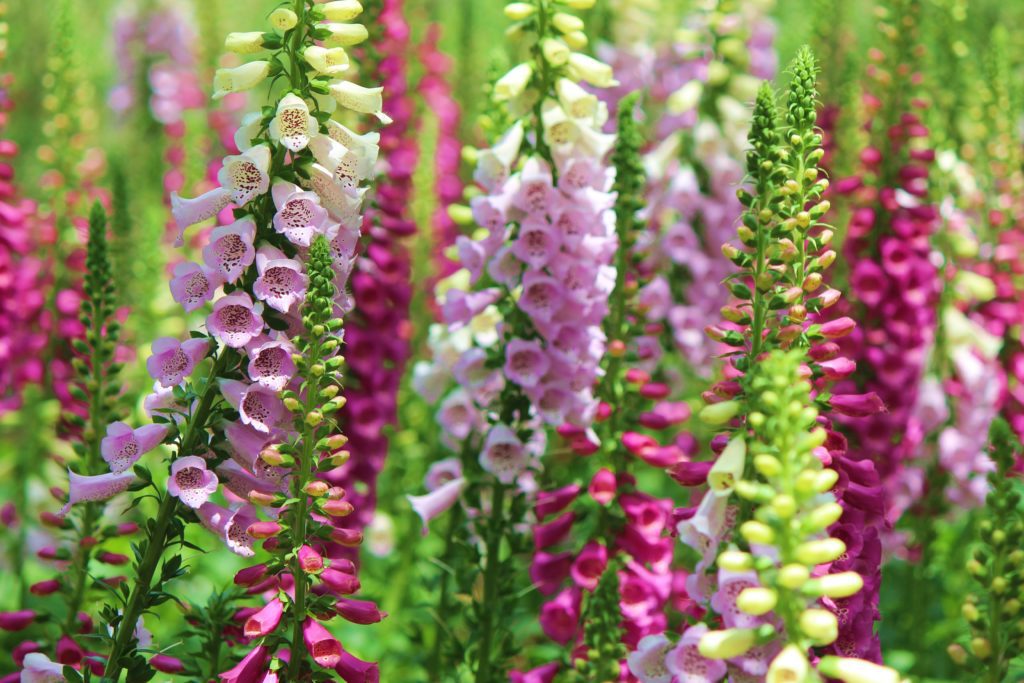
For further information, The Dogs Trust has a very handy PDF with common garden plants and houseplants alongside details of what to look out for. Cats Protection also gives great advice and what to do if you think your cat has been poisoned.
Which garden plants are safe for dogs (and other adorable animals)?
It's not all doom and gloom, however! There are still many houseplants and outdoor blooms that you can grow without fear.
We cannot, however, watch our pets 24 hours a day. If they’re tempted to take a bite of something or dig it up because they think it’s fun it’s always best to check published lists, follow the advice and select plants that are safe.
Consider these pretty, panic-free plants:
- Rattlesnake plants (Calathea lancifola)
- Spider plants (Chlorophytum comosum)
- African violets (Streptocarpus sect. Saintpaulia)
- Boston ferns (Nephrolepis exaltata)
- Moth orchids (Phalaenopsis sp.)
- Date palms (Phoenix canariensis)
- Bedding plants such as nasturtium, nemesia, petunia and pansies
- Certain types of roses are also safe for pets
- Valerians and Catmint (Nepeta sp.) are also great for cats – you can even put into a little cloth bag for them to play with too (see below)
Speaking of catmint, it’s no secret that the herb has a stimulatory effect on kitties. Lavender and hardy geraniums may similarly excite your pets but, rest assured, will not harm them. If you’ve planted up a new border then consider placing a small, temporary chicken wire fence around the area until the blooms are large enough to fend for themselves. Of course, erecting such a fence will considerably interest your pets and, no matter how many times you shoo them away if they are determined they will likely find a way in!
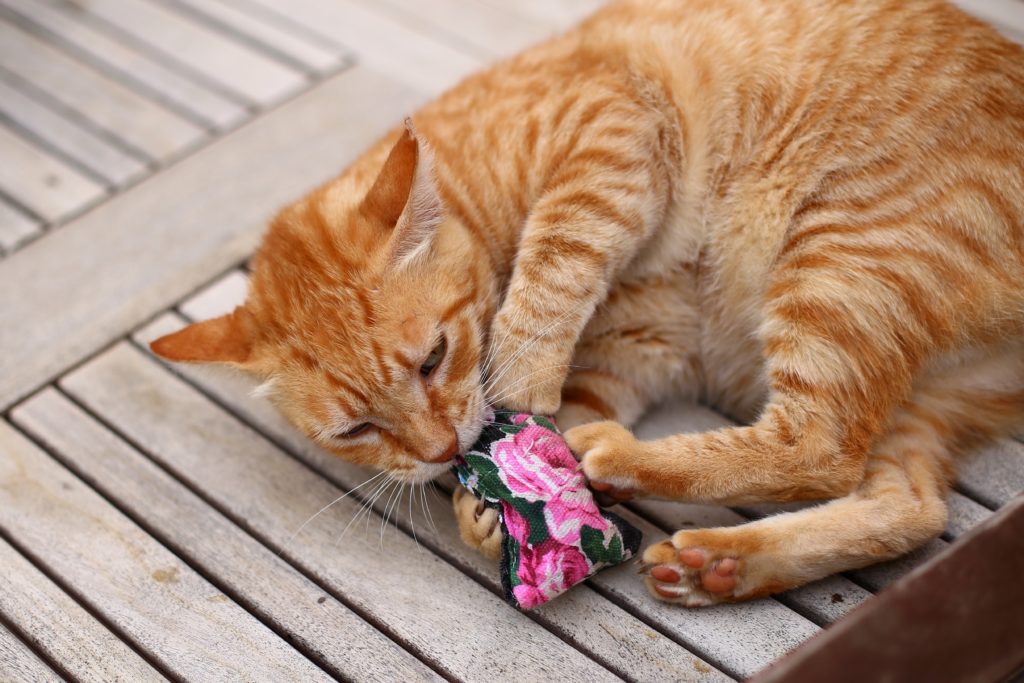
Design considerations
- Patios and pathways will please your pet – Gardens should be stimulating, enjoyable spaces for both us and our pets. However, some pets tend to dislike the feeling of wet surfaces like lawns and will often follow paths like us. Our long-haired Persians did come out with us from time to time, but they’d always stick to the dry pathways. So, ensure you have clear hard-standing areas like patios and pathways which are lined with robust plants
- Keep larger plants at the forefront – For example, shrubs and established perennials which can withstand the occasional stamp or nibble and tend to bounce back quickly. If you do plant small seedlings or younger plants, either place cuttings from thorny roses between the plants OR reuse plastic forks (not too sharp!) and place them into the soil with the prongs facing upwards to help deter wandering paws.
- Raised beds are a practical, slick solution if you’re seeking to create a pet-friendly garden and/or have mobility concerns. You can lift the planting to a workable height and make the beds high enough so that your pets may not notice the plants (well, it’s worth a try). Hanging baskets will also keep naughty nibbles at bay!
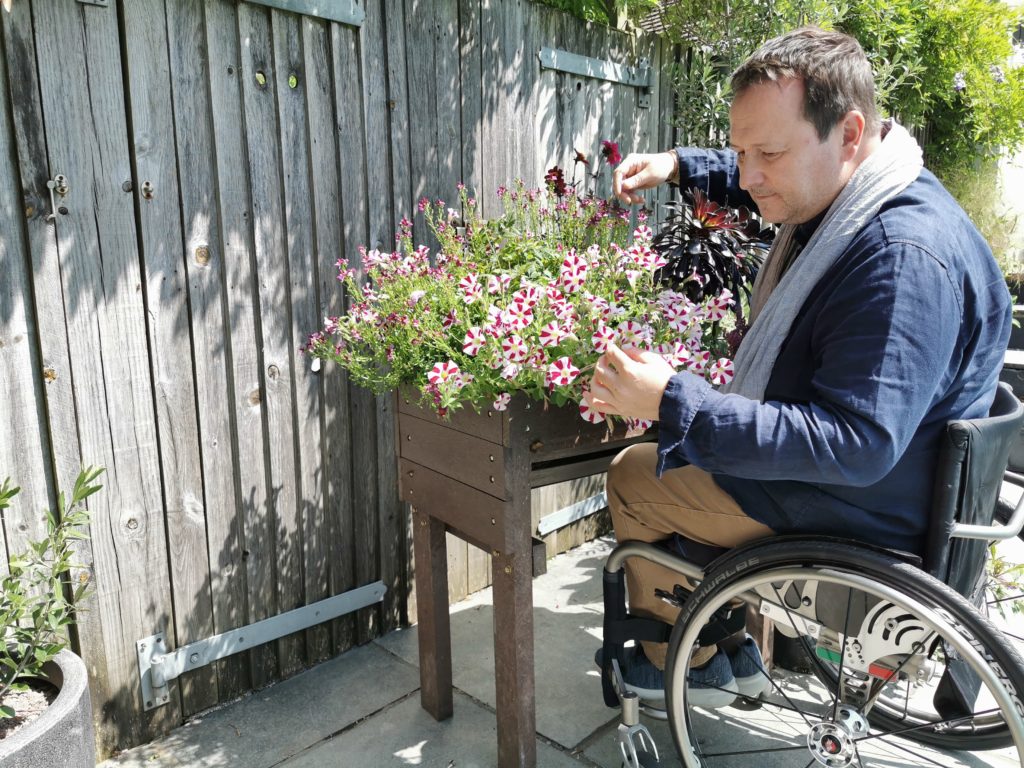
Safety and security
Safety and security are priorities for any loving pet owner so I highly recommend considering the below when updating your garden oasis - but appreciate this isn’t possible for all green spaces:
- Watch out for using pesticides on your plants with pets around, as these can be extremely toxic. I recommend safer pesticide preventions like ladybird-attracting plants or beer-traps for slugs
- Ensure gates and fences are firmed in and have a secure catch or lock. You may wish to add a line of chicken wire along the bottom, bent at ninety degrees and buried under the soil, to help prevent dogs particularly from digging under the fence
- Gaps under gates need to be blocked with a planter fixed to the front or back of the gate, or chicken wire, as mentioned above
- Open-water features including fountains or ponds call for hypervigilance; supervise your puppy or consider ornamental fencing
- Perimeter fences must be 1.8 metres high, as most dogs cannot jump this high. You can also buy perimeter fence systems with a receiver in a collar which will sound a beep or issue a very small shock
Personally, I would prefer to create a space that is secured by using pet-friendly plants, chicken wire and tall fencing. Ultimately, I want our new puppy (see, I am almost giving in) to enjoy the space, safely explore to its heart content, and no doubt dig up a plant or two!
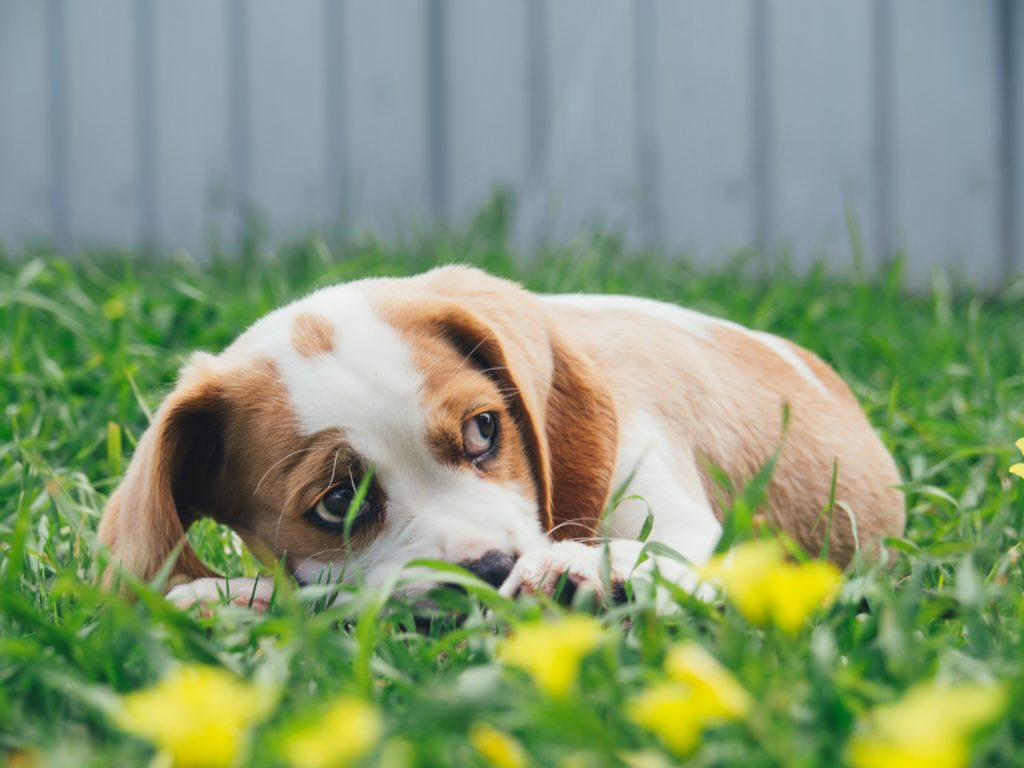
Learning to co-exist and enjoy life alongside our pets at home can seem daunting initially but tweaks in the short term will pave the way for a lifetime of love and peace of mind.
Keep designing your outdoor sanctuary to fit your needs, loving your cute companions, and keep on being you.
Looking to create a fashionable floral space in 2022? Our gardening guru has also shared his 2022 gardening trend predictions to take horticultural hints and habits from. And if you’re curious to learn how to nurture nature for your nutritional needs, Mark has collaborated with our fabulous baking expert Val Stones on a Plant-to-Plate Calendar!
Stay up to date
Latest Blogs

Whole Home Comfort with Stannah and HSL

Dame Zandra Rhodes x Stannah: When accessibility meets style
Could more people benefit from home adaptation support for hidden disabilities?
50 years of Stannah Stairlifts – A milestone grounded in purpose
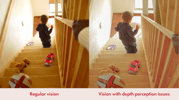
BBC’s Dr Punam Krishan reveals a little-known Parkinson’s symptom to watch for...

Are you at risk of falling? Dr. Punam Krishan’s simple 12-second test could tell you...

Snore Wars: Could sleeping separately be the secret to a better night’s rest?

Proud to carry the Made in Britain mark!
Stairlifts made for you
All our stairlifts whether straight or curved are customised to suit you and your home so call now to arrange a visit to get your FREE personalised quote!
